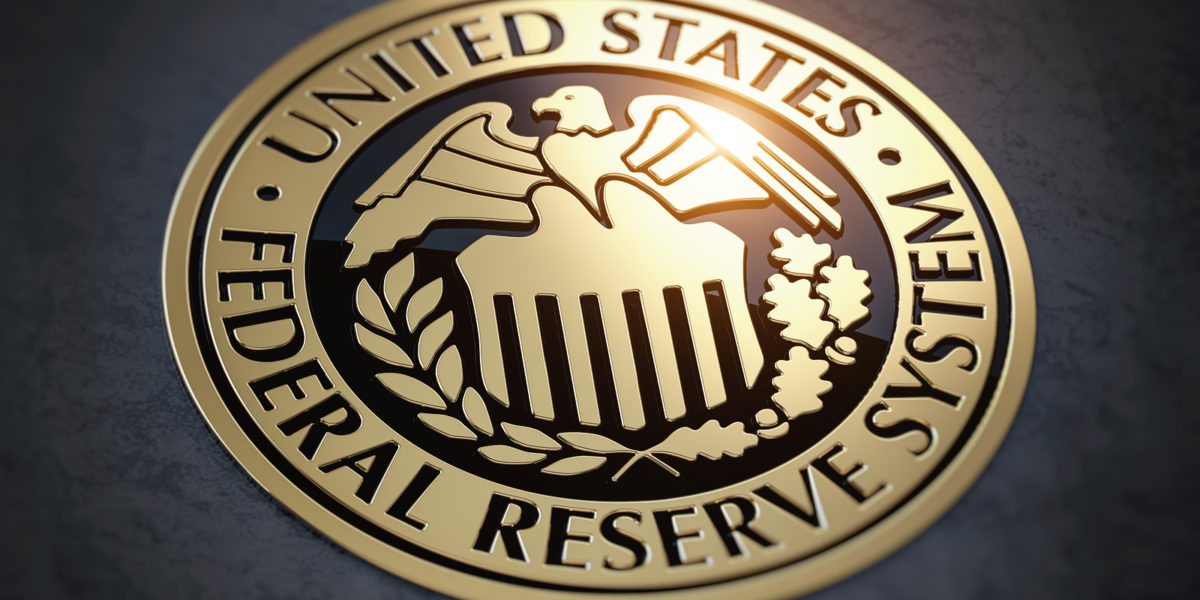Restarting the U.S. Economy: What is The Fed Doing?
Restarting the U.S. Economy: What is The Fed Doing?
When the U.S. economy is stagnant, the U.S. Government uses fiscal and monetary tools to stimulate the U.S. economy. However, with our economy facing multiple problems, that may not be an ‘easy fix’ in comparison to past recessions. COVID-19, social unrest, permanent business closings, and an upside-down GDP may prove to be difficult problems to overcome in the near term.
In a normal recession, using economic stimulus to elicit a response from the private sector economy usually starts the recovery process. The Fed is responding to COVID-19’s economic crisis through these initiatives:
Lowering interest rates to near-zero
The Fed has cut its target for the federal funds rate, the rate banks pay to borrow from each other overnight, by a total of 1.5 percentage points since March 3, bringing it down to a range of 0 percent to 0.25 percent.
Supporting Financial Markets
The Fed is purchasing securities, an action employed during the Great Recession. Additionally, The Fed is offering low-interest rate loans (0.25) up to 90 days to large financial institutions known as primary dealers.
Relaunching the Money Market Mutual Fund Liquidity Facility (MMLF).
At the outbreak of COVID-19, investors withdrew from money market funds en masse. MMLF funnels cash to money markets to sustain the funds for other investors and the financial institution
Encouraging Banks to Lend
The Fed lowered the rate that it charges banks for loans to 0.25 percent, lower than during the Great Recession. The Fed is encouraging banks to dip into their capital and liquidity buffers to increase lending during this economic downturn.
Supporting Corporations and Small Businesses Through Direct Lending
Lending to major corporate employers by buying their new bond issuances and through loans so that they have the cash to pay employees and suppliers. The Fed’s Main Street Lending Program aims to support businesses too large for the Paycheck Protection Program (PPP) or too small for the Fed’s two corporate credit facilities.
Supporting Households and Consumers
The Fed is lending to holders of asset-backed securities on their loans that include student loans, auto loans, credit card loans, and loans guaranteed by the SBA. These loans now have payment grace periods with no interest or negative credit reporting for a certain period.
Source- “What’s the Fed doing in response to the COVID-19 crisis? What more could it do?” -Brookings, June 12,2020.
The Great Depression had economic consequences for the decade after, but today’s economic crisis has been of this magnitude. Our leaders are not certain of what will work, but looking at other economies and the past may help to provide guidance.
Now is an excellent time for us to discuss how we can help protect your retirement.
1223256a-0620 / SW 20200624
In addition Reliant Investment Group specializes in providing strategies and guidance for those who are seeking a better lifestyle in retirement. If you have retirement savings of five million dollars or $50,000, we can ensure it works as hard. As a result, we offer our experience and knowledge to help you design a custom strategy for financial independence. Contact us today to schedule an introductory meeting!






